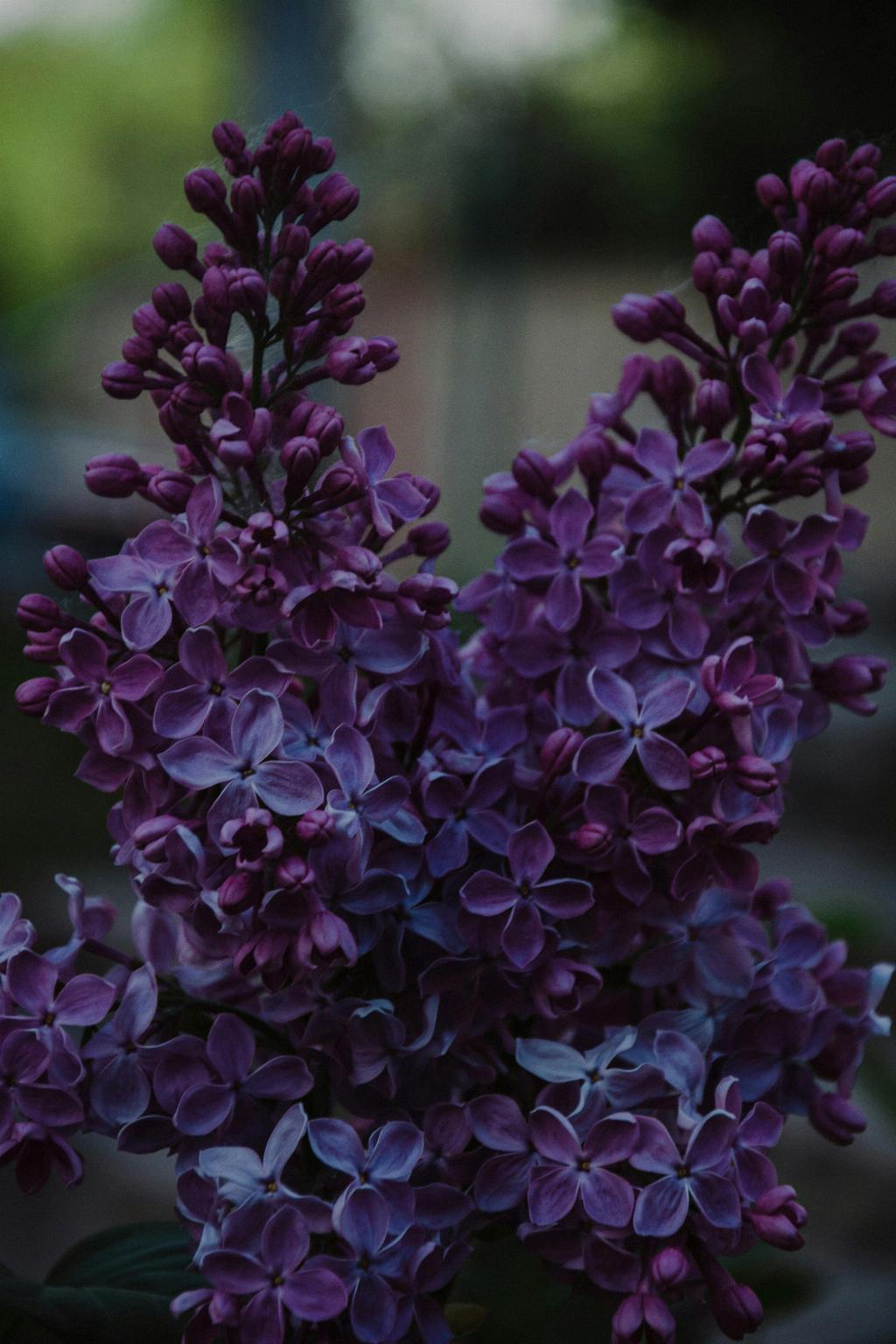Pruning your lilac bushes is crucial to ensure they stay healthy and vibrant. The optimal time for pruning these beautiful shrubs is right after they flower. This timing allows you to trim them back without interfering with the next season’s blooms. When the flowers start to fade, grab your pruning shears and get to work!
As you approach the task of pruning your lilac bushes, it’s essential to keep in mind a few key pointers. Deadheading, which involves removing spent flower heads, is particularly useful for younger plants. However, with more mature specimens, it may not be worth the time and effort. Instead, focus on removing any dead or diseased wood, broken branches, and canes infested with pests.
When you start the pruning process, aim to maintain around 12 healthy canes per bush. By doing so, you allow for optimal growth and airflow, which is critical for the overall health of your lilac bushes. Carefully assess each cane and remove any that appear weak or damaged to promote new growth and a robust structure.
Proper pruning techniques can make a significant difference in the health and appearance of your lilac bushes. When cutting back branches, be sure to make clean cuts at a slight angle just above a set of healthy buds. This method encourages new growth in the right direction and helps prevent disease from entering the plant.
While pruning, it’s essential to consider the overall shape and size of your lilac bushes. Aim for a balanced and symmetrical appearance by trimming back any overgrown or unruly branches. Creating a well-defined shape not only enhances the aesthetic appeal of your shrubs but also promotes better airflow and sun penetration.
Take the time to step back and assess your lilac bushes as you prune. Look for any areas that appear crowded or congested, as these can impede healthy growth. Thinning out interior branches can help open up the plant to allow for better light exposure and airflow throughout the canopy.
Pruning your lilac bushes is not just about maintaining their appearance; it’s also about promoting their long-term health and vitality. By removing old, weak, or damaged growth, you encourage new shoots to emerge and thrive. This rejuvenation process ensures that your lilac bushes continue to bloom beautifully year after year.
After completing the pruning process, be sure to clean up any debris around your lilac bushes. Removing fallen leaves, twigs, and other plant material helps prevent the spread of disease and pests. A tidy garden not only looks better but also supports the overall health of your plants.
Remember that pruning your lilac bushes is a recurring task that should be done annually to maintain their health and vigor. By following the right timing and techniques, you can enjoy a bountiful display of fragrant blooms each spring. So, mark your calendar to prune your lilac bushes right after flowering for the best results!
With these tips in mind, you can confidently tackle the pruning of your lilac bushes and help them thrive for years to come. By investing time and effort into proper maintenance, you’ll be rewarded with healthy, vibrant shrubs that bring joy to your garden and the surrounding landscape.

